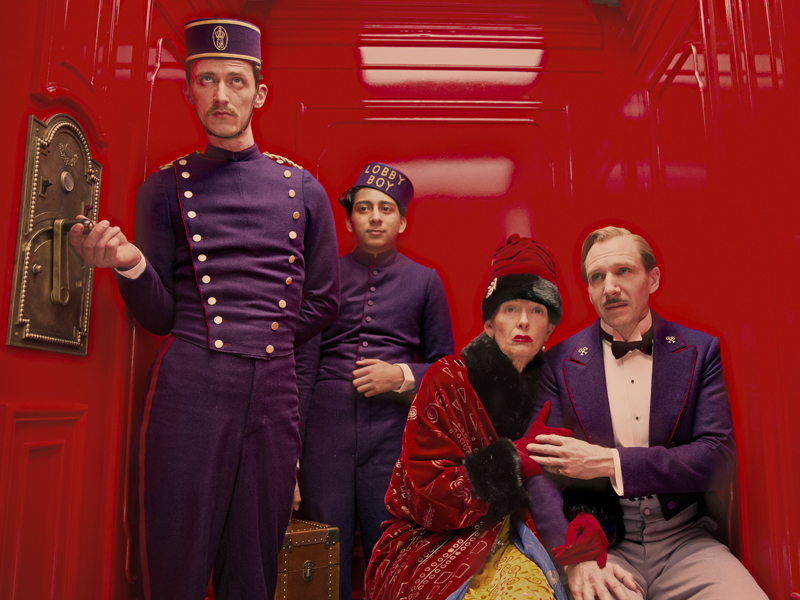
When attempting to review a filmmaker such as Wes Anderson, it is difficult to know where to begin. Anderson’s unique directorial touch is recognizable anywhere — and often, it is beloved or hated. The difficulty lies in comparing his films against themselves, or as films on their own. Those who dislike the style will continue to dislike it, but could Anderson’s ornate sentimentality seep through even for his detractors? In his latest film, “The Grand Budapest Hotel,” Anderson takes his distinct direction and combines it with a large slice of sentimentality and subtle character development to allow viewers a look into the humanity within his neurotic world. With a few very minor shortcomings, the film stands alone as a highly interesting, stylistic work.
We start the film by going through a series of layers. First there is the girl reading a book about the Grand Budapest Hotel, then the man who wrote it speaking to us, followed by the man who wrote it showing us who he gathered his information from and finally the flashback sequence initiated by the primary source, Mr. Moustafa (F. Murray Abraham) — otherwise known as Zero — who takes us through his adventures as a lobby boy with head concierge M. Gustave (Ralph Fiennes) in 1932.
Set in the fictional Republic of Zubrowka in 1932, the film takes us through the many exploits of Gustave and Zero (whose younger version is played by Tony Revolori) as Gustave runs the hotel. When a dear old patron dies and they go to attend the reading of the will, the family accuses Gustave of murder. Gustave and Zero escape with a beloved and valuable family painting, and the chase is on.
From there, it is a delicious blend of Anderson’s style with quirky over-the-top action sequences. The cinematography, often slow to reveal but never wasting a frame, immerses us deep into this quasi-World-War-II-era European state. Anderson fills every shot with vivid set pieces full of color and richness. Another unique touch viewers may notice is that all sequences set in 1932 are filmed in 1.37:1 aspect ratio — the “Academy standard” set by the Academy of Motion Picture Arts and Sciences in 1932 — as compared to the standard 16:9 widescreen of today. Though not necessary by any means, the ratio only adds to the unique viewing experience of the film and further absorbs viewers into the time period.
For all of its gorgeous stylistic flair, however, the film is truly made by the relationship between Gustave and Zero. Though they are neurotic and self-absorbed — not uncommon for an Anderson film — it is their underlying compassion for each that elevates the film to another level. Though Gustave is often a bit standoffish, if still a charming figure to guests, Zero’s earnesty breaks through him somehow to make him genuinely care for the boy. Fiennes’ and Revolori’s performances put this unlikely relationship on full display, as underneath their awkward exteriors charming and caring hearts emerge.
Though at some points a bit tediously paced, “The Grand Budapest Hotel” succeeds through the genuinity it shows beneath its stylish heart. Not to be forgotten is how hilarious the film is, with fantastic physical comedy and out-of-place-for-1932 cussing coming from nowhere. Here, Anderson succeeds in making an ode to an era while feeling distinctly modern and fresh — but it is his characters’ humanity that make this film far greater than Zero.
Rating: 4 stars








